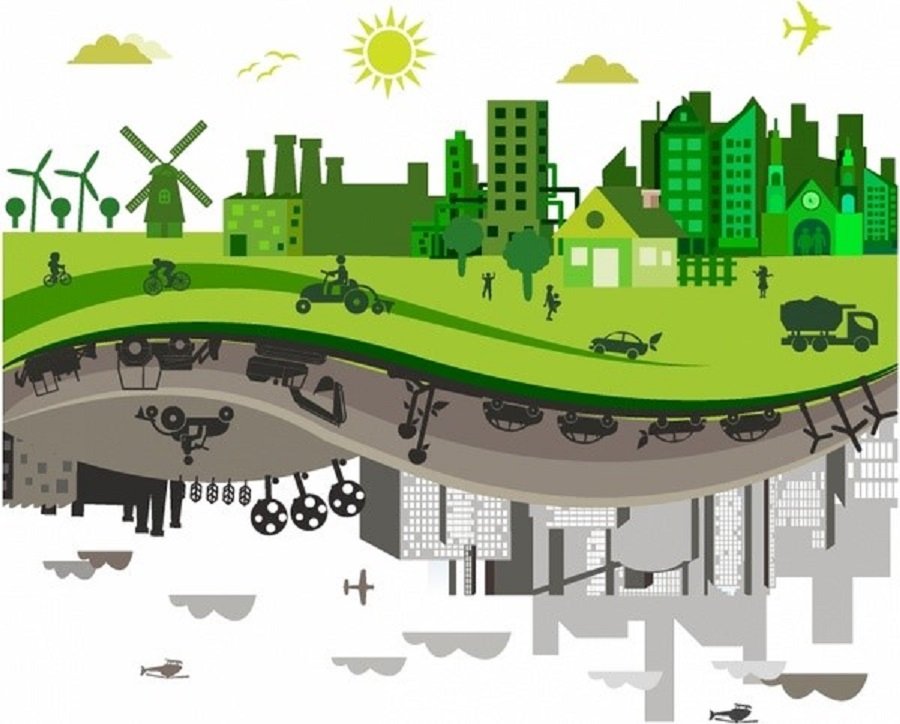Printing doesn’t have to be the dirty business it was in the past
Printing used to be (and in some cases still is) a dirty business. At Seacourt we have transformed our company to be net carbon negative.
Print is a historically dirty industry using large quantities of water, solvents as wetting agents, and generating large amounts of waste.
Our company started there, just like the rest in 1996.
By 2021 we had reached the point where our annual carbon generation from our own business' activities, (Scopes 1 & 2,) was only 8.4 tonnes of CO2e, less than that of two domestic households according to EPA. This represents only 0.7% of our company’s total emissions which include our complete supply chain.
We have worked with our suppliers to help them reduce the carbon generated in supplying us but we then take the combined 2021 outcome of 1,292.3 tonnes of CO2e and purchase gold standard verified emission reduction (VER) offsets to 105% of this amount. The VER offsets we purchase eliminate carbon generation in the first place rather than mitigating the effects of it afterwards by planting trees or managing mangroves.
Seacourt can therefore claim to be a net carbon negative printer in 2023 on the path to becoming a totally regenerative business offering planet positive printing.
In the short video clip below our MD, Gareth explains our company’s relentless quest to continue to reduce our carbon emissions
Gareth describes Seacourt’s Zero’s to Heroes journey
Behind Gareth you can see an example of our large format print which uses no PVC and is a favourite for company reception areas, museums and galleries and in retail p.o.s. It is part of our closed loop approach to signage which means that it is recovered and recycled by us at end of life or when the message is no longer current.
You can find out more about Seacourt XL here

